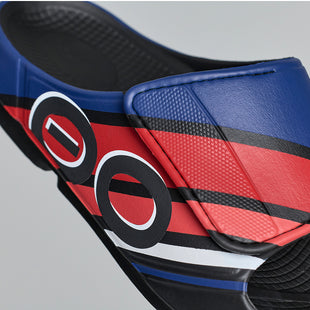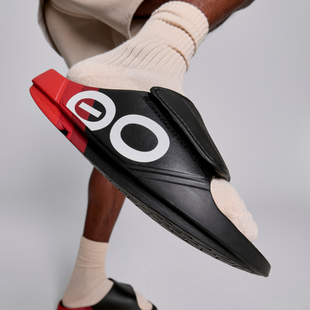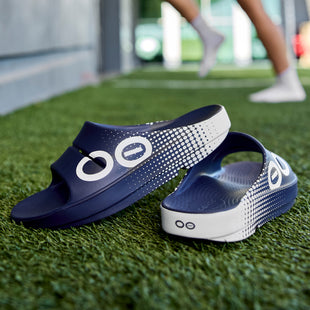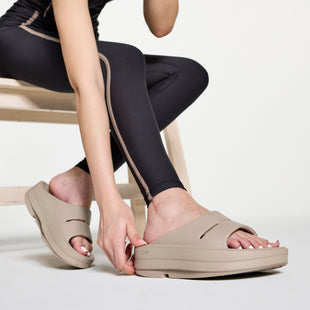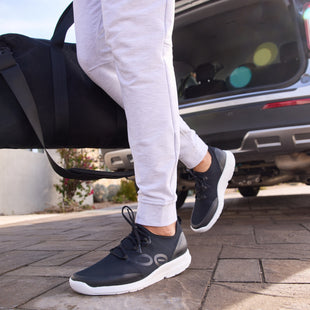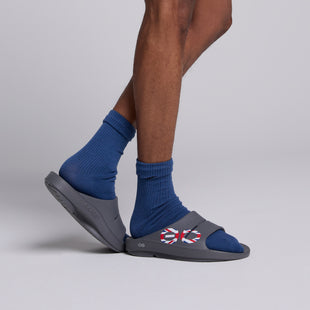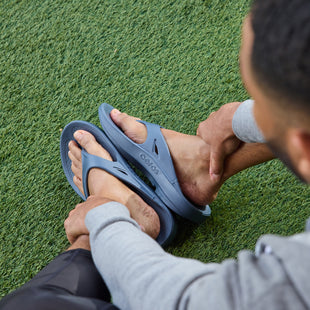Listen to your body – and your feet
In the final week before your race, many runners fall into the trap of overthinking. Some squeeze in a few last-minute runs, while others worry they’re not doing enough. Trust that the work is done. Now’s the time to reduce intensity, focus on rest, and pay close attention to how your feet feel. Any tightness, soreness or discomfort should be acknowledged rather than ignored. Address issues early with gentle massage, mobility work or a visit to a physiotherapist if needed.
Don’t underestimate the power of rest days
As your mileage drops, your body has a chance to repair and strengthen. This includes your feet, which take the brunt of the impact during long training blocks. Make sure you give them the best chance to recover fully. Elevating your feet for 10–15 minutes in the evening, staying hydrated and getting quality sleep can all contribute to tissue repair and reduced inflammation.
Choose your footwear wisely
What you wear on your feet in the days leading up to the marathon matters just as much as what you’ll wear on race day. Avoid spending long hours in unsupportive shoes or going barefoot around the house. Instead, opt for footwear that offers cushioning and arch support. Many experienced runners rely on recovery footwear during taper week to relieve pressure and aid circulation after short shakeout runs or long days on your feet.
OOFOS recovery shoes, for example, are designed with a patented footbed technology that absorbs impact and reduces stress on the feet, ankles and joints. Worn casually around the house or while running errands, they can help keep your feet feeling fresh without adding strain.
Stay consistent with your routine
Now is not the time to introduce anything new. Stick to the socks you’ve trained in, don’t experiment with new insoles, and avoid changing your running shoes unless absolutely necessary. Consistency reduces the risk of blisters, hotspots and race-day surprises.
Final thoughts
In the final stretch before a marathon, it’s easy to focus on your pace, your playlist, or what you’ll eat for breakfast on race day. But looking after your feet – the part of your body that will carry you every step of the way – deserves just as much attention. Gentle recovery, the right footwear, and a bit of rest can go a long way.
If you’re preparing for an upcoming race, now’s a good time to think about how you’ll support your recovery too. The right pair of recovery shoes could make all the difference – both before and after you cross the finish line.

